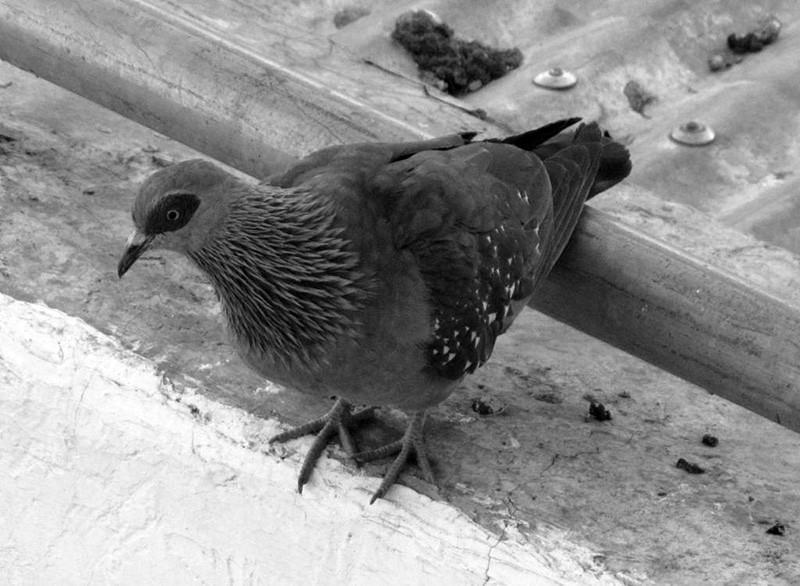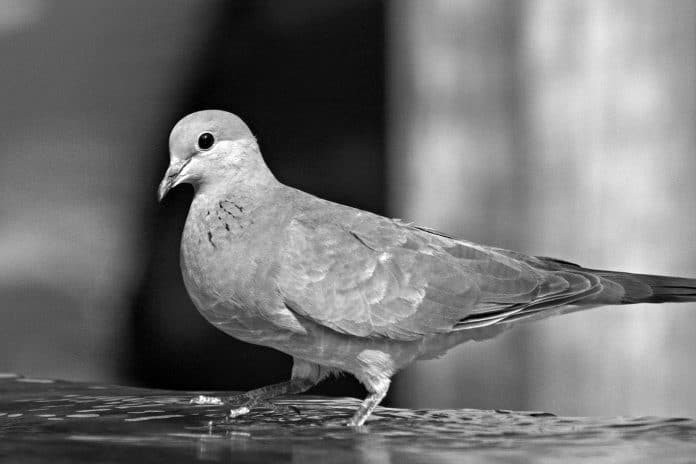Discovering the Enchanting Pigeons and Doves in Tanzania: From Vibrant Plumage to Unique Behaviors
Introduction to Pigeons and Doves in Tanzania
Tanzania, known for its breathtaking landscapes and diverse wildlife, is also home to a fascinating array of pigeons and doves in Tanzania. These enchanting birds captivate birdwatchers and nature enthusiasts alike with their vibrant plumage and unique behaviors. Pigeons and doves in Tanzania are not only beautiful but also play a significant role in the ecosystem as seed dispersers. In this article, we will explore the diversity, behaviors, plumage, endangered species, best places to spot them, conservation efforts, birdwatching tips, and photography opportunities of these captivating birds in Tanzania.
Diversity of Pigeons and Doves in Tanzania
Tanzania boasts a remarkable diversity of pigeons and doves, with over 30 species recorded in the country. From the iconic African Mourning Dove to the colorful Speckled Pigeon, each species has its own distinct characteristics. The African Mourning Dove, with its soft gray plumage and mournful call, is a common sight across Tanzania. The Speckled Pigeon, on the other hand, stands out with its striking black and white speckled pattern and vibrant pinkish-red eyes. Other notable species include the Tambourine Dove, which is named after its rhythmic call resembling a tambourine, and the Namaqua Dove, known for its beautiful chestnut plumage.
Unique Behaviors of Pigeons and Doves in Tanzania
Pigeons and doves in Tanzania exhibit a variety of fascinating behaviors that make them even more intriguing. One such behavior is their elaborate courtship displays. During courtship, male pigeons and doves perform intricate flight patterns, flapping their wings and cooing melodiously to attract a mate. These displays can be observed in species like the African Green Pigeon, which showcases its vibrant green plumage while performing its courtship dance.

Another interesting behavior is their ability to navigate and find their way home over long distances. Pigeons, in particular, are known for their homing instincts. They can be trained to return to their loft even when released hundreds of kilometers away. This unique ability has made them valuable messengers throughout history.
Colorful Plumage of Pigeons and Doves in Tanzania
The pigeons and doves in Tanzania exhibit a stunning array of colorful plumage, making them a delight to behold for birdwatchers and photographers. From the vibrant green feathers of the African Green Pigeon to the iridescent purples and blues of the African Emerald Dove, these birds showcase nature’s artistry. The White-bellied Go-away-bird, with its striking combination of gray, white, and black, adds a touch of elegance to the avian landscape.
The colorful plumage serves multiple purposes, including attracting mates and camouflaging in their natural habitats. Male pigeons and doves often have more vibrant plumage than females to enhance their chances of finding a mate. The intricate patterns and hues of their feathers also help them blend into their surroundings and avoid predators.
Endangered Species of Pigeons and Doves in Tanzania
While pigeons and doves are abundant in Tanzania, some species are unfortunately facing the threat of extinction. Habitat loss, illegal hunting, and the pet trade contribute to the decline of these birds. One such endangered species is the Sokoke Scops Owl, a small owl that relies on pigeons and doves for its survival. Conservation efforts are crucial to protect these endangered species and their habitats.
To combat the decline in pigeon and dove populations, organizations like the Tanzania Bird Atlas Project work tirelessly to gather data, raise awareness, and implement conservation measures. These efforts aim to safeguard the future of these beautiful birds and ensure their continued presence in Tanzania.
Best Places to Spot Pigeons and Doves in Tanzania

Tanzania offers numerous opportunities to spot and appreciate the beauty of pigeons and doves. The country’s diverse ecosystems, including national parks and conservation areas, provide ideal habitats for these birds. The Serengeti National Park, with its vast grasslands and woodlands, is a haven for several pigeon and dove species. The Ngorongoro Conservation Area and the Selous Game Reserve also offer excellent birdwatching opportunities.
To maximize your chances of spotting these birds, it is recommended to visit during the dry season when the vegetation is less dense, making it easier to spot them. Early mornings and late afternoons are the best times to observe pigeons and doves, as they are most active during these periods.
Conservation Efforts for Pigeons and Doves in Tanzania
Conservation efforts for pigeons and doves in Tanzania are crucial to ensure their survival and protect their habitats. The government of Tanzania, in collaboration with local and international organizations, has implemented various measures to conserve these birds. These include the establishment of protected areas, habitat restoration projects, and public awareness campaigns.
Additionally, community-based conservation initiatives play a vital role in involving local communities in the protection of pigeons and doves. By engaging communities in sustainable livelihood projects that promote bird-friendly practices, these initiatives contribute to the long-term conservation of these species.
Birdwatching Tips for Observing Pigeons and Doves in Tanzania
To enhance your birdwatching experience and increase your chances of observing pigeons and doves in Tanzania, here are a few tips:
- Use binoculars: A pair of good quality binoculars will allow you to observe the birds up close without disturbing them.
- Learn their calls: Familiarize yourself with the different calls of pigeons and doves to help locate and identify them.
- Be patient and quiet: Pigeons and doves can be shy and easily startled. Stay quiet and still to avoid scaring them away.
- Observe from a distance: Respect the birds’ space and observe them from a distance to avoid causing stress or disturbance.
- Join birdwatching tours: Joining a guided birdwatching tour with experienced guides will greatly enhance your chances of spotting these birds and learning more about them.
Photography Opportunities of Pigeons and Doves in Tanzania
For photography enthusiasts, Tanzania offers incredible opportunities to capture the beauty of pigeons and doves in their natural habitats. With their vibrant plumage and unique behaviors, these birds make for stunning subjects. To capture their essence through your lens, consider the following tips:
- Use a telephoto lens: A telephoto lens will allow you to capture the birds from a distance without disturbing them.
- Focus on details: Pay attention to the intricate patterns and colors of their feathers, as well as their unique behaviors.
- Experiment with lighting: Play with different lighting conditions, such as early morning or golden hour, to enhance the visual impact of your photographs.
- Practice patience: Photography requires patience, especially when photographing wildlife. Wait for the perfect moment to capture the birds in action or displaying their plumage.
Appreciating the Beauty and Significance of Pigeons and Doves in Tanzania
Pigeons and doves in Tanzania are not only visually captivating but also play a significant role in the ecosystem. Their vibrant plumage, unique behaviors, and melodic calls make them a true delight to observe and appreciate. By understanding their diversity, learning about their behaviors, and supporting conservation efforts, we can ensure the continued presence of these enchanting birds in Tanzania’s rich avian heritage.
For more articles related to Wildlife in Tanzania (Animals), click here!


































